Experts expect a decline in farmland and an increase in the danger of severe infections if farmers are not discouraged from growing poison ivy.
Given the severe harm tobacco production does to the environment, human health, and soil quality, farmers in the north are turning to it.
Experts predict that if farmers are not deterred from cultivating poison ivy, there will be a rise in the risk of deadly illnesses and a decrease in cropland. Additionally, the agriculture department's indifference and the incentives offered by cigarette companies will likely contribute to the continued production and marketing of tobacco in the Rangpur region.
Strawberry farming urges its daughter: engineer Manjurul, has remarkable success
However, to deter farmers from growing tobacco and to ensure the nation's food security, better nutrition, and the spread of the climate-tolerant agricultural revolution, government and non-governmental organisations are giving farmers training and pamphlets along with fertiliser, seeds, pesticides, and agricultural machinery for threshing.
The tobacco seedlings growing in the fields of Laksheetari Union of Rangpur Gangachra Upazila and the sujala-sufla crop fields of the Northern Grain Bank are being devoured by a lethal component of the illness cancer, the black shade of toxic tree tobacco, which is rich in deadly nicotine.
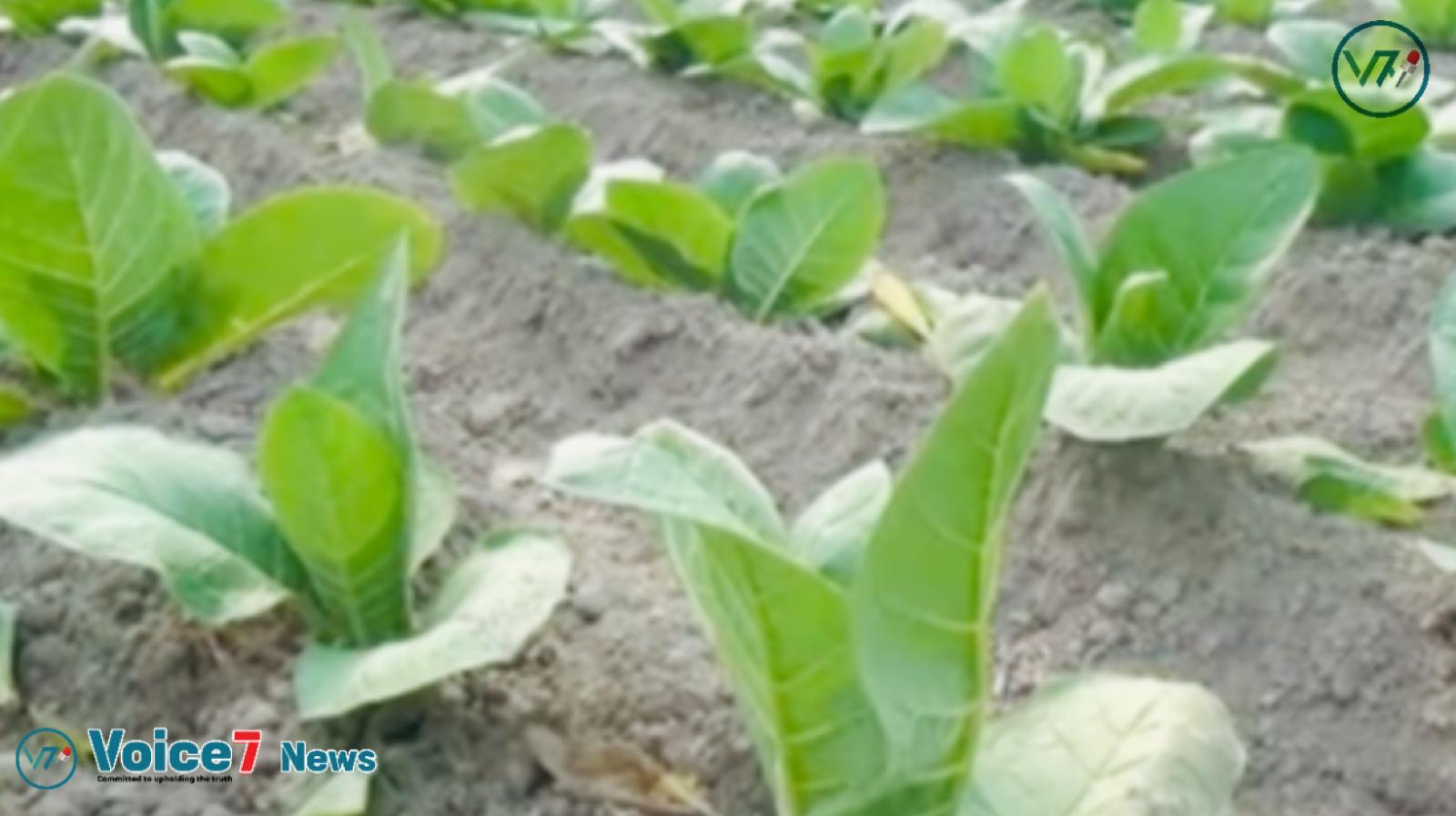
Each tobacco tree is developing with toxic nicotine coursing through its veins beneath the foliage. Here, farmers sow poison in the hopes of making two pence more by receiving extra perks from different corporations.
According to those involved, there are seven reasons why farmers are more likely to grow poison ivy tobacco instead of arable crops: the agriculture department's indifference, the company setting the tobacco price before production, a guarantee of sale, interest-free loans for cultivation, frequent field visits by company representatives, and advice.
Meherpur Farmers Thrive with Sukh Sagar Onion Cultivation
When reached repeatedly, a representative of the Department of Agriculture Extension in Rangpur declined to engage with reporters due to the department's apparent lack of involvement in deterring marginal farmers from growing poison ivy tobacco at the field level.
Aside from Rangpur, Lalmonirhat, Gaibandha, and Nilphamari are seeing a steady rise in the cultivation of poison ivy tobacco.
East Harinchada farmers have been growing tobacco for decades because of Teesta erosion and a lack of irrigation.
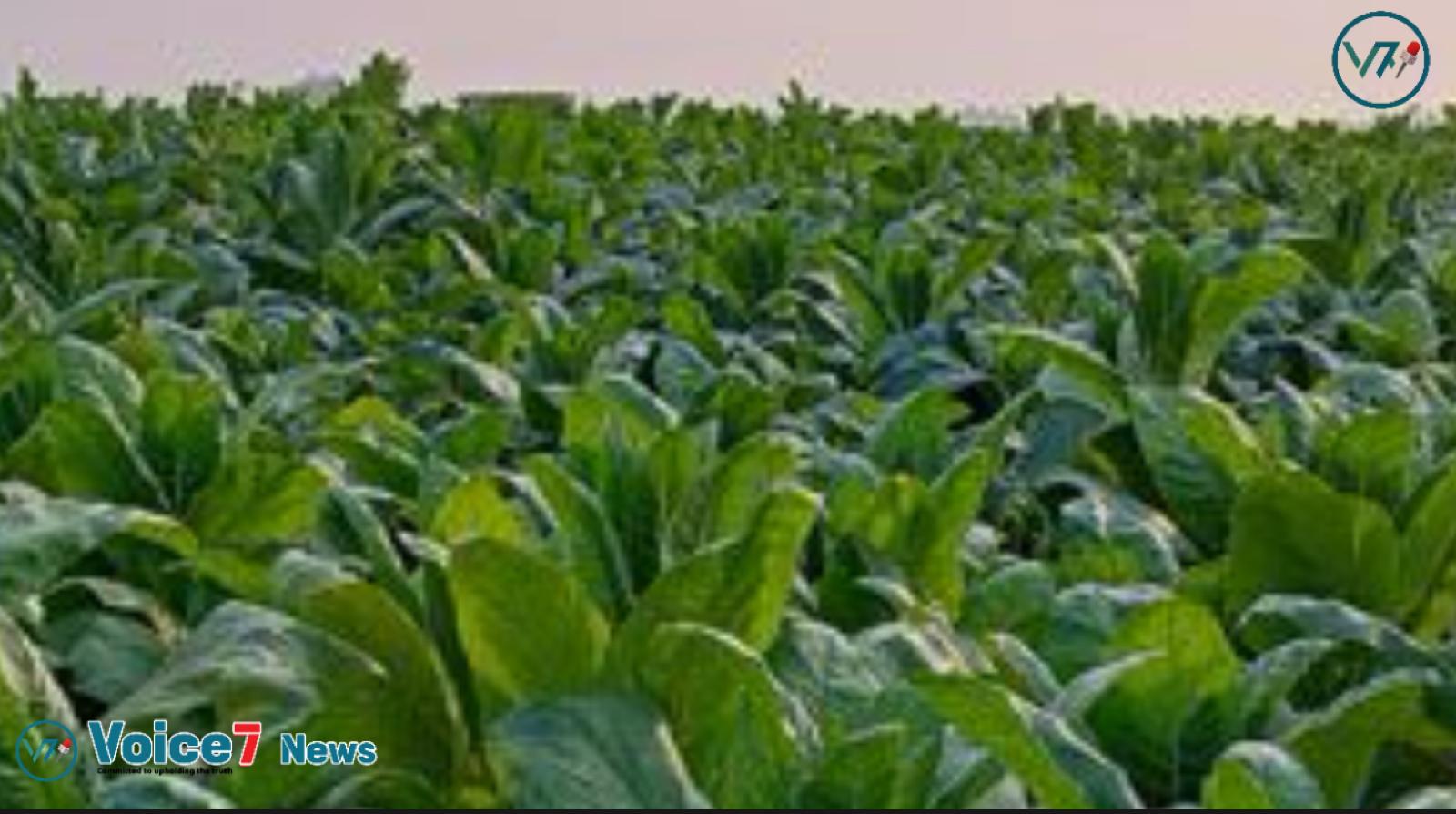
UCB, in collaboration with Bangladesh Bank, has launched the 'New Window of Hope' program to end tobacco growing to prevent tobacco use among future generations and fulfil its social obligation.
To deter farmers from producing dangerous tobacco, distribute pamphlets and offer instruction along with mobile solar irrigation units, rest areas, seeds, fertiliser, insecticides, drying mats, and threshing farm equipment.
Additionally, the deputy governor of Bangladesh Bank stated that to maintain the nation's health, farmers in the climate-vulnerable northern area should be encouraged to grow wheat and maize.
Additionally, he pledged to carry out several initiatives for the upbringing of the following generation, such as offering technical training.
Sunflower Cultivation Flourishes in Rangpur Region
Sat: Deputy Governor of Bangladesh Bank Abu Farah Md. Nacher
More than 600 metric tonnes of wheat and maize will be produced as a consequence of this program's execution in place of tobacco, and the farmers will profit by growing several cash crops, such as wheat, corn, rice, and mustard, in addition to tobacco, and earning almost Tk 2 crore 85 lakh.
Conversely, immunity against a range of illnesses, including cancer and deadly ulcers, will be released.
In the Rangpur area, tobacco has been grown on 11,927 hectares of land this year. Of these, the most are grown on 7,400 hectares of land in Lalmonirhat, and the least are grown on 1,855 hectares of land in Rangpur.
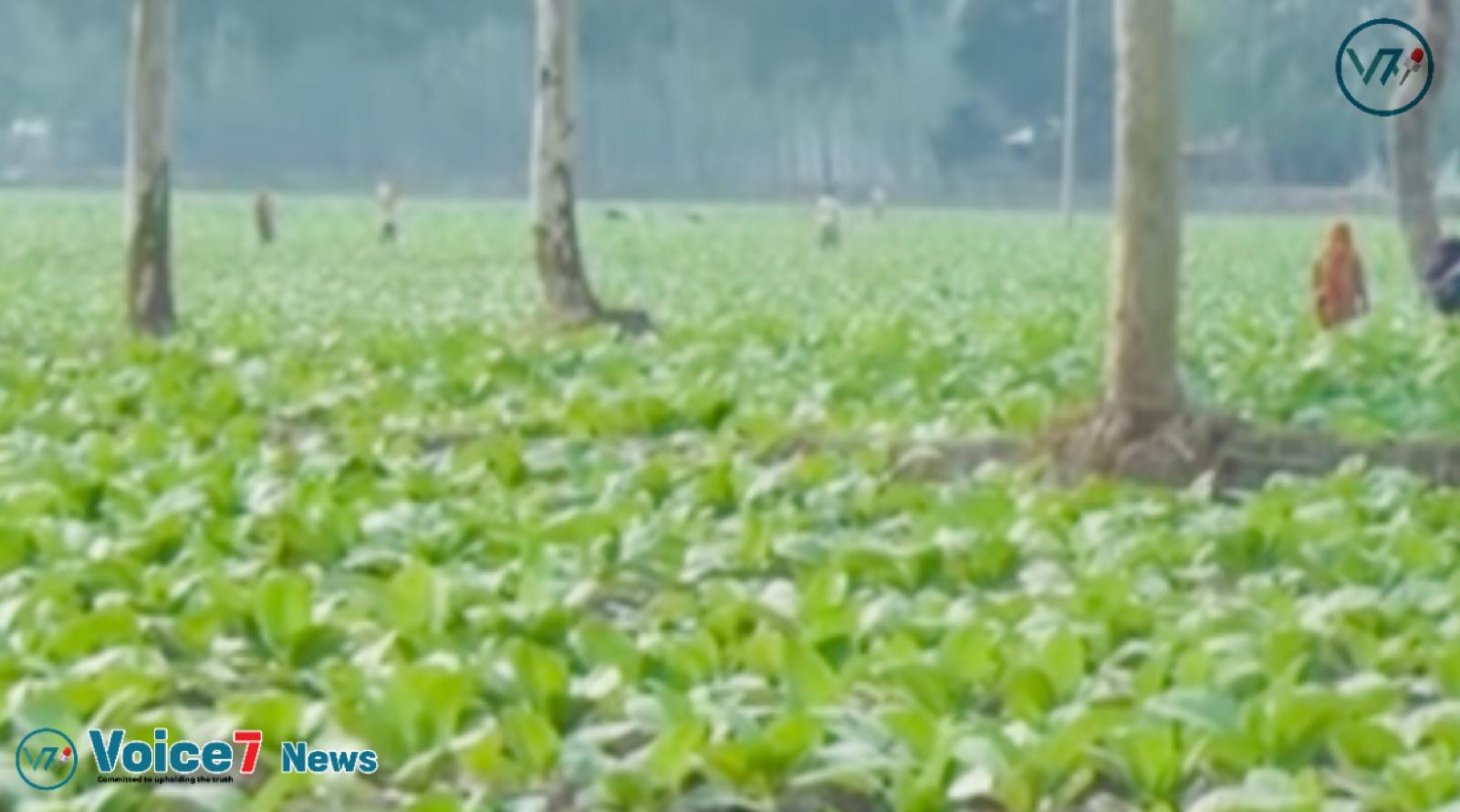
Even though Rangpur is well-known for growing poison ivy tobacco, records show that although tobacco production has dropped in this area compared to the previous year, it has not entirely halted. Public health is in danger, but there is also a decline in the quantity of land that is farmed.
The government's role in tobacco control is excellent. However, businesses continue to entice farmers to grow tobacco, which degrades the soil and hurts the ecosystem.
Colored "cauliflower" cultivation thrives in Naogaon
The government is creating regulations for tobacco farming. The Ministry of Agriculture needs to take a leading role in this undertaking. All farm officers should also be instructed not to take part in any programs run by the tobacco industry because FCTC Article 5.3 outlines requirements for such interactions.
Regarding this, the government is rather optimistic. In this regard, the honorable prime minister is quite tough. However, tobacco corporations are making efforts to expand the crop. Increased awareness of the propaganda of the tobacco industry is necessary.
End//voice7news.tv
A global news agency.



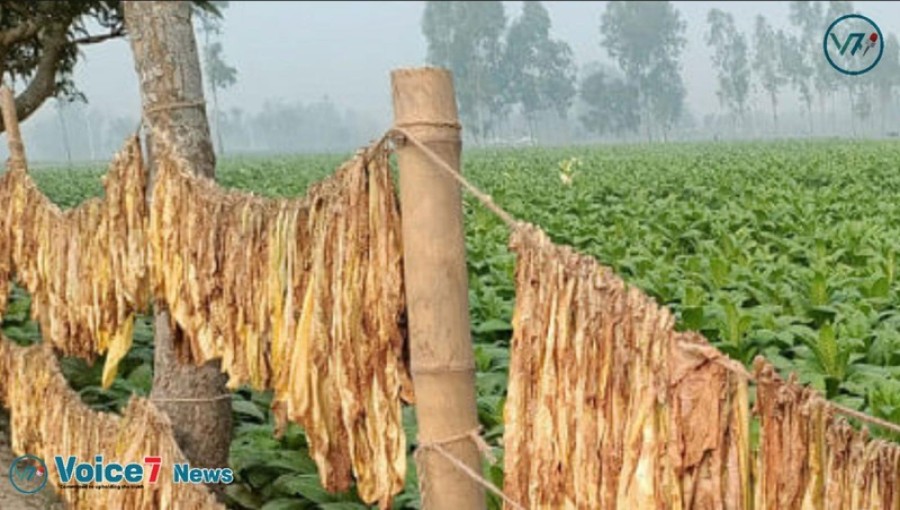







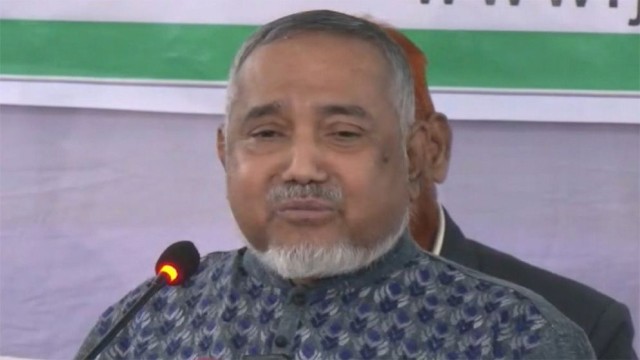







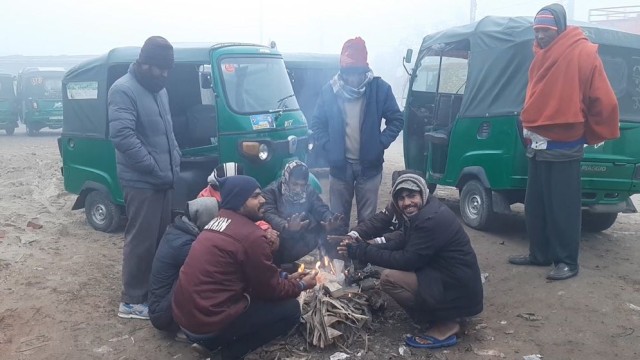


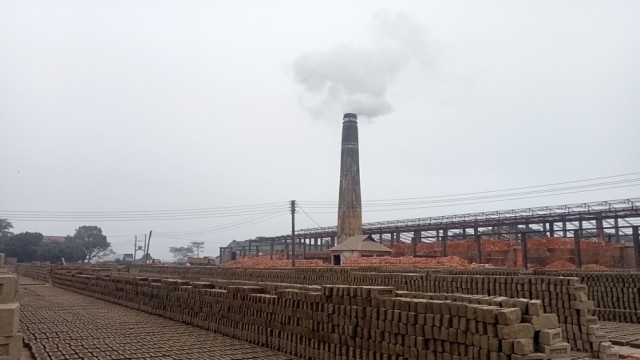

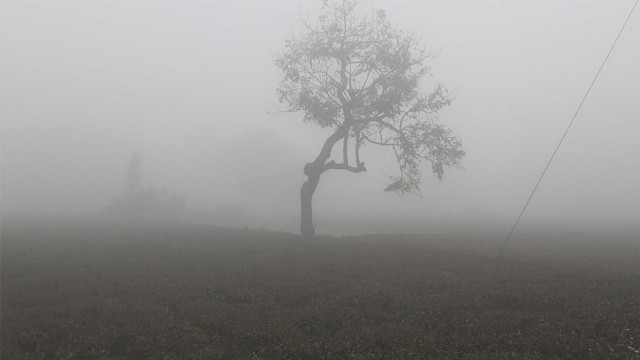

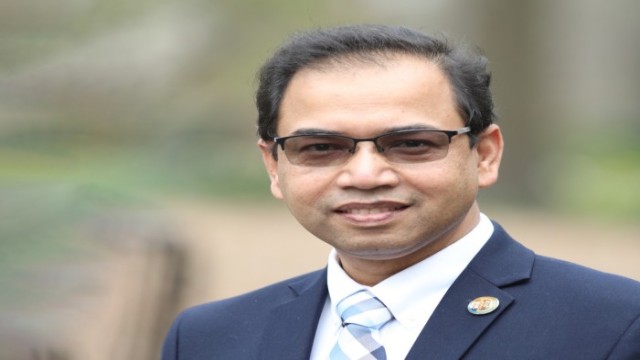
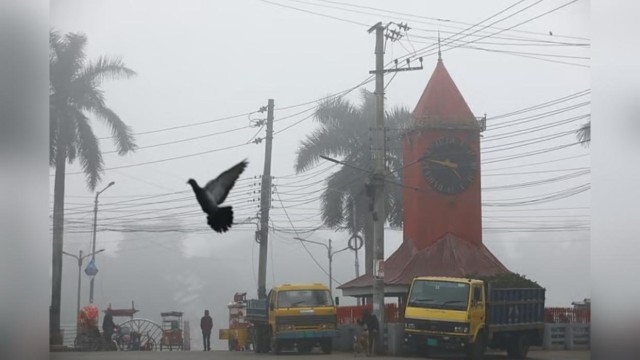

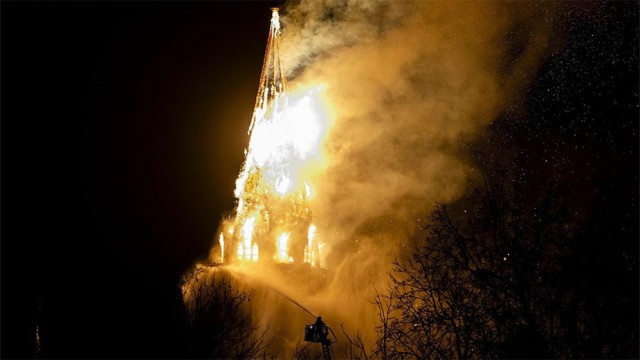
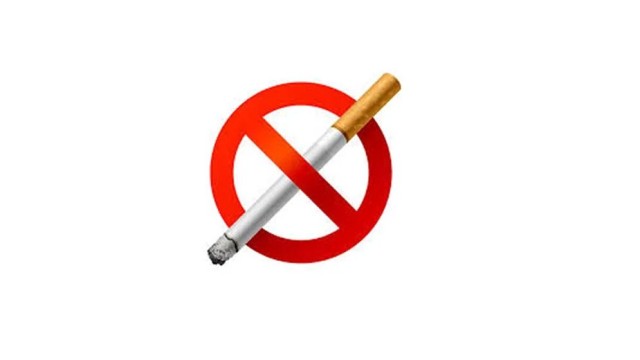
Comment: